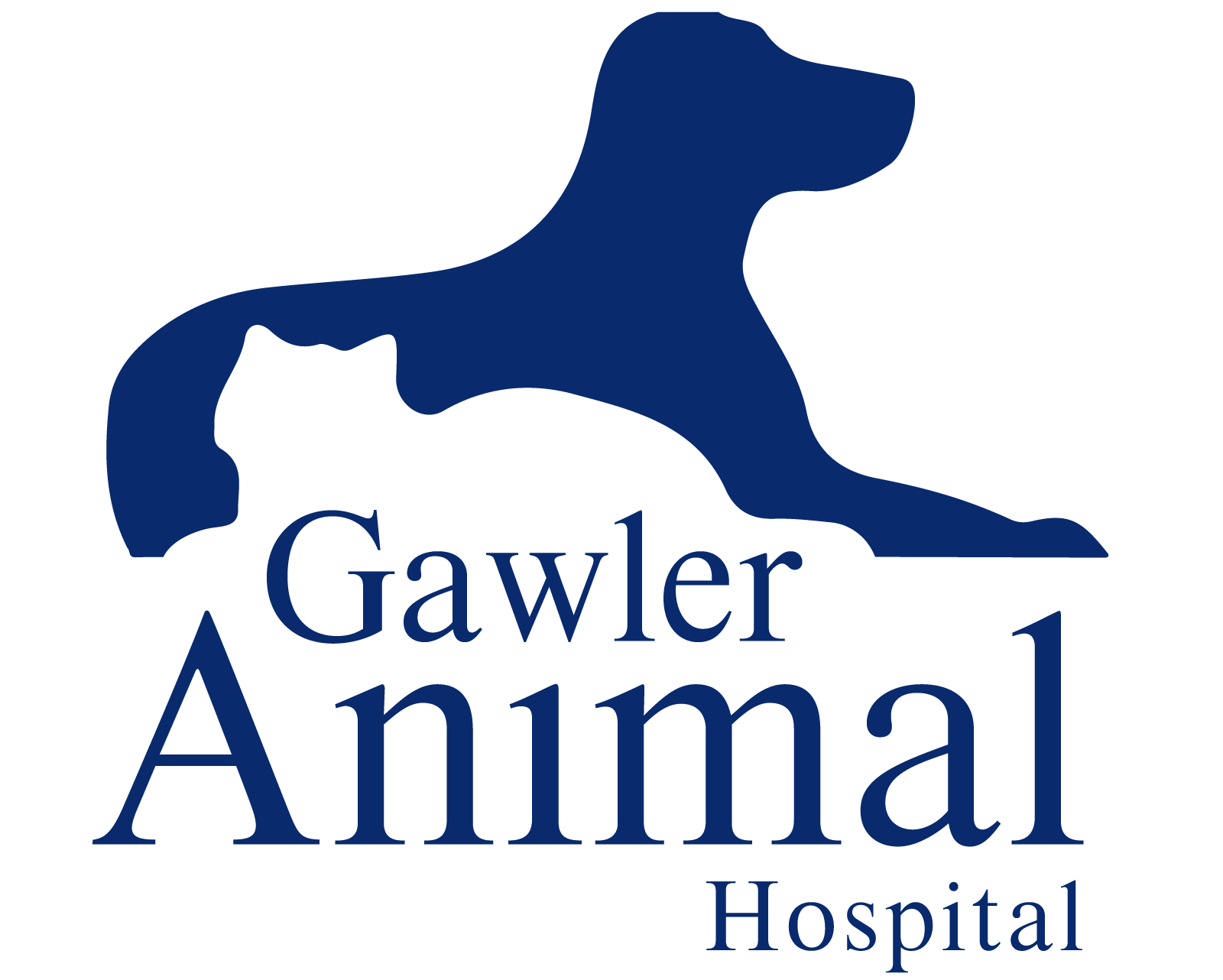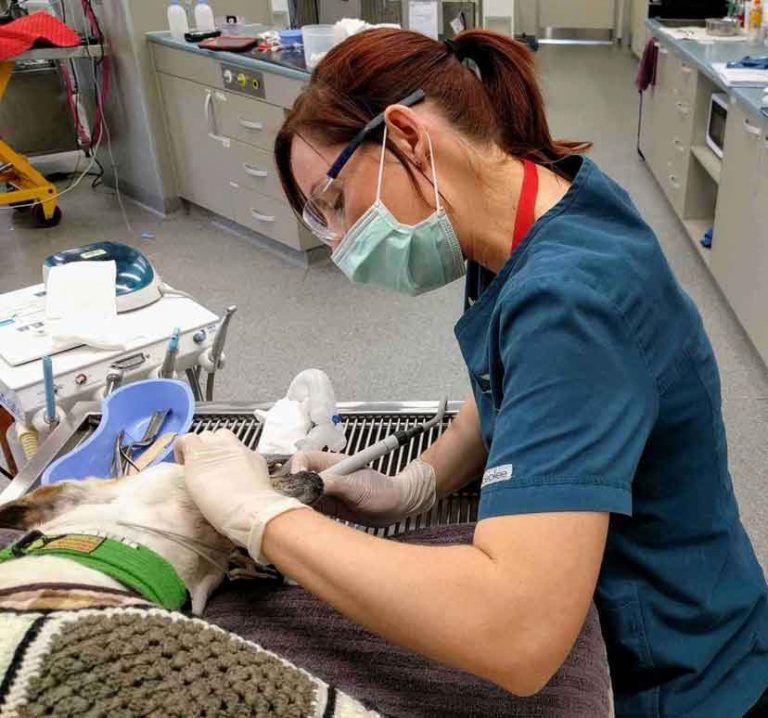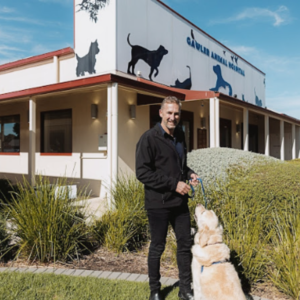Every year, the Australian Veterinary Association promotes August as Pet Dental Month. Don’t ask me why it should be in August, perhaps that’s just a quieter time of year for many veterinary practices and so there’s more time to dedicate to a problem that affects pets every day, week and month of ever year!
Without question, dental disease is the most common healthcare issue we face in dealing with dogs, cats and rabbits (even bearded dragons, so my exotic vet friend in Victoria tells me!). It’s also quite a preventable disease and something that every pet owner can help to prevent or at least reduce the severity. In most cases, dental disease progresses so much because owners simply can’t see what goes on in the back of their pets’ mouth. If they could, I suspect they’d be horrified at what there is to see!!
To help address this major pet health problem, we’re going to release a series of posts on our Facebook and Instagram pages. Hopefully, this will give you a much better idea of what dental disease looks like, the effects it has on your pet and what we can do to treat and/or prevent it
In the meantime, I’d like to describe some of the more important aspects of treating dental disease in pets so that you can better understand what’s involved.
- The vast majority of pets suffer from some degree of dental disease by the age of 3!
- In some cases, we’re actually treating pets much younger than this
- As pets age, the chance of dental disease also increases
- A surprisingly large number of puppies, in particular, have a ‘malocclusion’ or abnormal bite which can need early aggressive treatment
- Often this results in teeth impacting on the palate and this hurts!
- Even deciduous (baby) teeth are often affected and we’ll need to remove these as early as 8 weeks of age in order to avoid more serious problems when the permanent teeth erupt
- Dental disease is a painful and progressive problem if left untreated
- Have you ever suffered from gingivitis? It hurts!
- The more painful it is, the less the pet will chew and so the disease progresses with time.
- It has significant harmful effects on other aspects of your pet’s health and welfare
- Bacterial infection commonly spreads from diseased gums to heart valves and kidneys, in particular
- It’s amazing how many clients tell us how much livelier their pet is after having a dental cleanup – goes to show just how bad they were feeling beforehand!
- We’d rather prevent dental disease than treat it!
- A good preventive diet (no, not raw bones – they fracture teeth!) really helps
- Daily brushing is the gold standard for preventing disease – you do it for yourself so why not for your pet?
- If your pet does need dental treatment, general anaesthetic is essential
- It’s impossible for us to do a proper dental exam, never mind treatment, without a 100% compliant patient. I’ve never met a patient that would be that compliant while awake.
- We’d get bitten if we tried without anaesthetic and, to be honest, it would serve us right!
- Because of this, ‘Anaesthetic-Free Dentistry’ is really poor practice (aside from being cruel to your pet).
- Having said that, advances in anaesthetics and monitoring systems mean that we can do this very safely.
- In conjunction with veterinary anaesthetic specialists, we’ve developed a remarkably safe and successful program
- Your pet is closely monitored throughout the entire procedure to ensure a safe outcome.
- Even geriatric pets do very well under anaesthetic (and, given the progressive nature of the disease, we see a lot of these).
- We’d no longer do dentistry without doing full- mouth dental x-rays but it won’t cost you an arm or a leg!
- We take full-mouth x-rays with every ‘dental’ we do. It’s truly amazing the number of problems we find that we otherwise can’t detect, even with an anaesthetized patient.
- Fractured or retained tooth-roots, infected bone, enamel resorption and pulp cavity degeneration are just a few of the problems we identify (and then treat)
- To do dentistry without knowing the full extent of disease (ie without taking x-rays) is now considered to be a substandard level of care.
- Don’t worry, though, we’ve priced that to ensure it’s very affordable
- We ensure that dentistry is minimally painful for your pets
- We go to great lengths to provide as much pain relief as possible
- A cocktail of medications during the procedure, local blocks and then medication to go home with ensure your dog or cat experiences minimal pain
- Actually, we usually find that pets eat far better immediately after a dental procedure which means they’re in much less pain already!
- Regular dental maintenance is remarkably affordable
- We’ve deliberately priced our dental fees so that, if we can catch any disease before it progresses too far, It’s very affordable
- With any more advanced disease and treatment, we can’t really predict costs until we get in there and do a full exam (including x-rays) under anaesthetic. It’s impossible to tell how much is required until we’ve done that
- Overall cost depends on time taken to treat diseased teeth. Extractions, if required, involve a full surgical procedure and can be very time-consuming. It’s not unusual for us to spend over three hours on a single dental case and so the costs can certainly mount up. Our clients are warned to expect that the total invoice can range anywhere from $500 to over $3000.
- After the initial exam, we’ll always call you and give you a firm estimate (and we’ll stick to that). If you can’t afford our recommended treatment at the time, we can always come back to do the treatment at a later date to suit you.
- Following all dental procedures, we have a program of nurse revisits to ensure we keep your pets mouth healthy
- We’ll get you back the following week for a check (no charge for this) and make sure recovery has gone as expected. Our nurses will then chat to you about homecare and how to prevent further disease.
- We’ll then put you on a reminder system so we can keep an eye on everything in future. As already mentioned, the main point is we’d like to help prevent dental disease so that we don’t have to treat it!!
Hopefully that helps to give you a bit more of an idea around dental disease. As mentioned, we’ll be releasing a series of posts on our social media over the next few weeks to give you more understanding of some of the issues. Of course, if you have any further queries, the best thing may be to arrange a visit so that our vets can examine your pet. After that, they’ll be able to give you an idea of what’s required. Please give our lovely receptionists a call on 8522 3500 or book directly online for an appointment.






